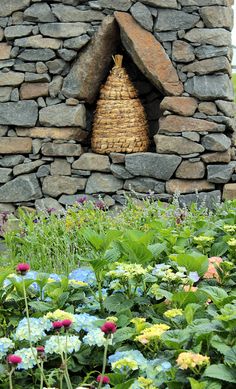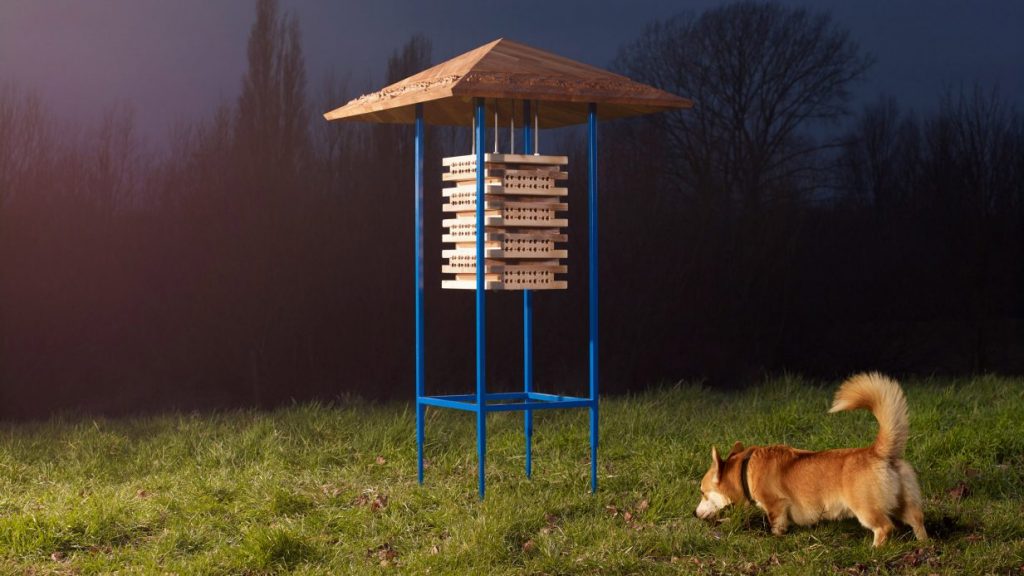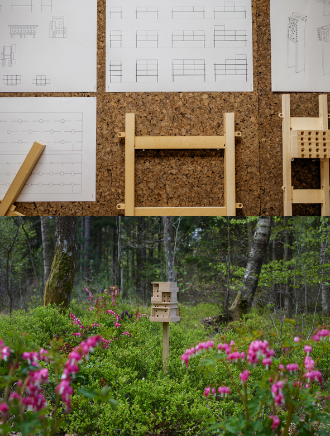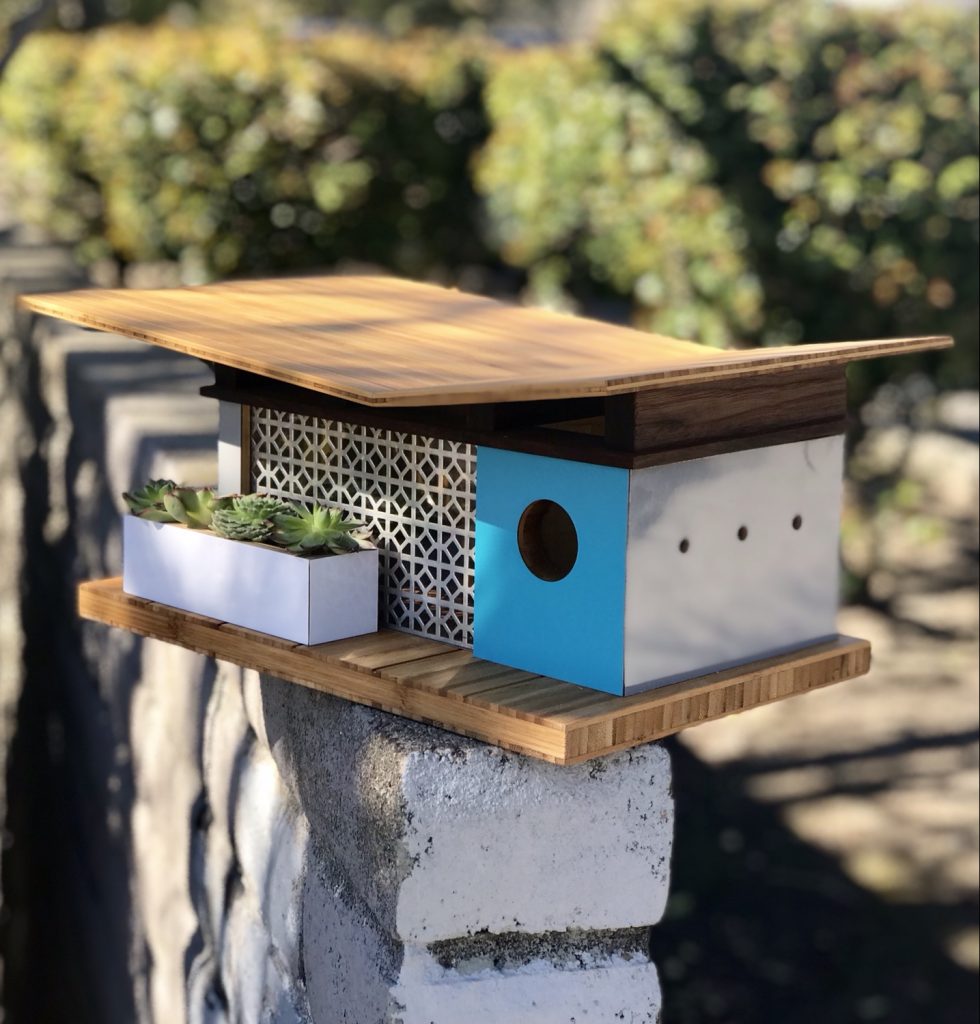There was a time when no well-appointed garden was complete without greenhouse, fountain, a tastefully draped sculpture, a gazebo, and a bee bole. A what? A bee bole was a niche in a garden wall where the family bee skep overwintered. A what? A bee skep was a beehive made from straw bundles tied together to form a cone. And every garden had one or more to provide honey to sweeten the family larder and to provide wax for candles, which had a much nicer scent than stinky tallow candles. Nowadays, when the existence of bees and that of other taken-for-granted creatures is in the balance, we might look back to those more conservative times and find ways to provide fodder, water, and shelter to support them in their struggle. Even in the greenhouse it’s important to recognize that not all bugs are bad…and to control them in a closed environment it’s probably a good idea to deploy beneficial insect like ladybugs and lacewings than spray with toxic chemicals or dust with noxious powders.

Moving outdoors, we plant natives for and the nectar and seeds they provide that best suits the diet of the garden population and also suits local growing conditions. But other than that, what about the feeders, houses, and other “accommodations” we station around our thoughtfully designed landscapes? Are they a complement to our habitat? I get it that hummingbirds like to sip nectar from red flowers, but do I really want chunks of red plastic hanging from trees? Not much. The hand-blown feeders I got from an art glass shop in Wimberly, Texas pleases me and the hummers, while smart and stylish friend gave me a lovely gift of a mid-century modern styled birdhouse that matches the roofline of our 1958 rancher perfectly making an amusing design statement. The birds like it as much as I do.
IKEA is furnishing the world, it seems, with an ever changing range of fun, functional, and easy to live with design. Given their enormous consumption of resources to keep their commerce growing, they are also diligently resourceful in encouraging their designers — and us consumers — to be as environmentally responsible as possible. Last year on the opening in Greenwich, England, of their most ecologically sensitive store anywhere, the company developed “Wild Homes for Wildlife”, asking designers to re-purpose discontinued product lines as homes for the birds and the bees. Not surprisingly there were some incredibly wantable offerings.


But it doesn’t end there. Space 10 is IKEA’s research and design lab that works to develop more sustainable ways of living. On May 20, 2020, which was World Bee Day, the Copenhagen-based group published their open-source Bee House plans. Not all gardens have walls with bee boles, and not all bees live in organized, socially ordered, hives–90% of all bees are solitary bees and need only small holes and crevices where, protected from weather, they can store pollen and fulfill their life cycle. They are every bit as important to life on earth as hive bees. The open source plan allows users to design a bee house to suit their own garden habitat, with some quite sculptural effects.
From bespoke surfboards to custom-tailored birdhouses? That’s a leap, but one Douglas Barnhard of Santa Cruz made in good shape; influenced by mid-century designers like Joseph Eichler and the Case House study dwellings, he’s hit a nerve as that period of architecture is wildly popular. His birdhouses come complete with ‘picture windows’, integrated ‘planters’ that can hold birdseed or ornamental plants.

Colors are bright, the lines are clean and, dare I say it, aerodynamic as their newest model, the Palm Springs, describes. With its hyperbolic parabolid roofline, we’re looking at a micro interpretation of the Marantz house in Rancho Mirage, designed in 1960 by Val Powelson. Nicknamed the Gullwing House, what bird wouldn’t relate?
And speaking of relate, back in the bee-and-bole days, it was a practice to let the bees be the first to hear all notable family news, and to share personal joys and woes, so integral were they to domestic economy and happiness. A slip up would upset the bees, and honey would be scarce and stings plentiful. Think of that the next time you have something exciting to share, or feel a need to vent.
Text © Ethne Clarke, 2020
Find out more about IKEA’s sustainability programs with these links:
https://motherlondon.com/work/ikea-wildhomes-for-wildlife/
https://space10.com/project/bee-home-an-open-source-design-for-our-planet/
Shop for these buzzy modernist-inspired birdhouses from Sourgrassbuilt at:










